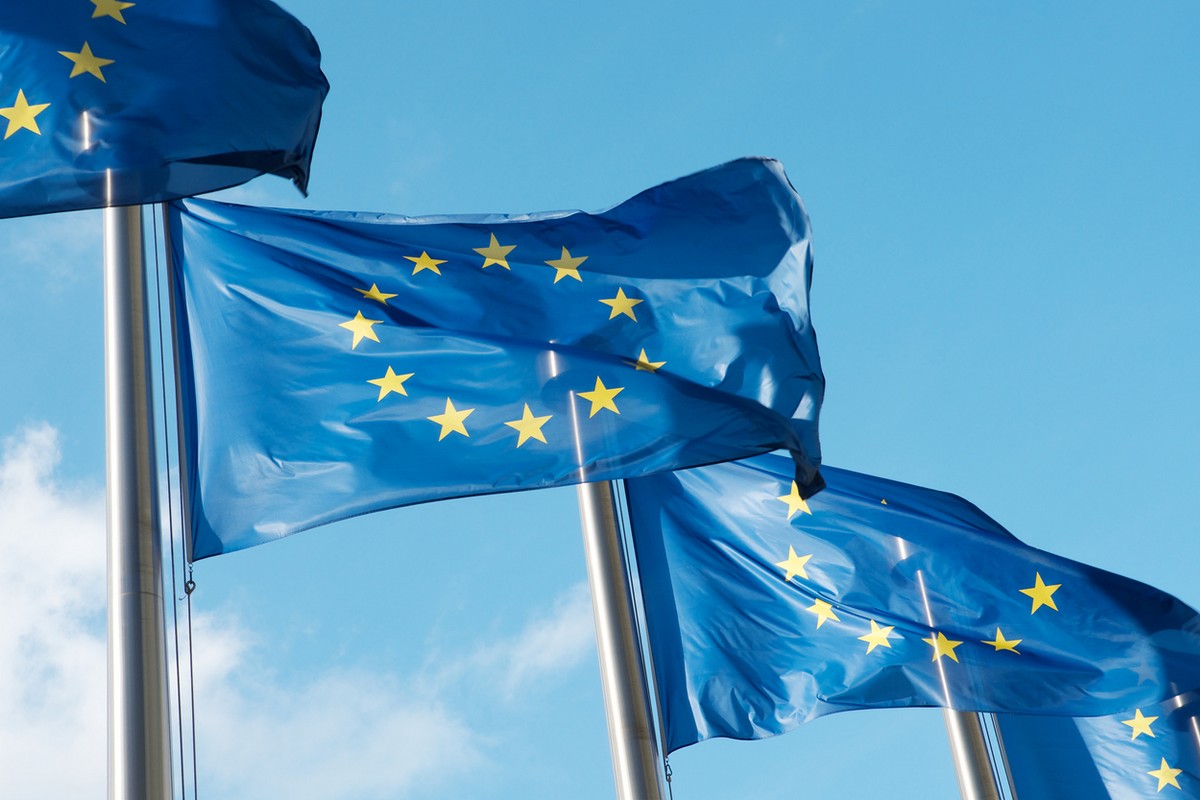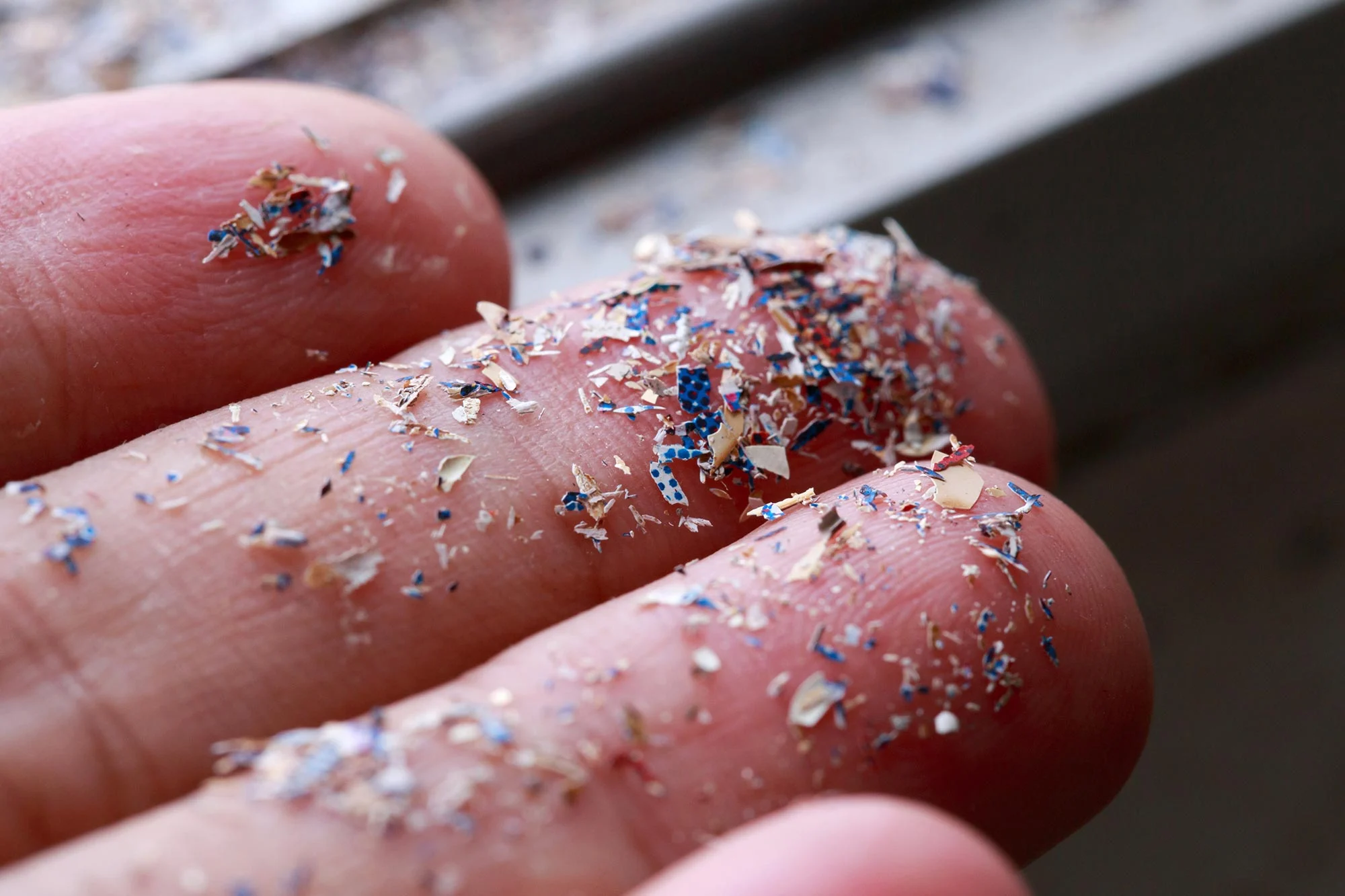Context
With the growing influence of internal investment funds within large corporations, we have developed a barometer to assess the state of Corporate Venture Capital (CVC) in France.
Missions
In this context, we :
- Developed a structured questionnaire
- Conducted an exhaustive mapping of French investment funds (around 40 funds identified)
- Leveraged our network to facilitate connections
- Implemented a multichannel approach (email, LinkedIn, phone) to reach contacts outside our network
- Administered the questionnaire to 25 funds, ensuring market representativity
- Processed and coded data, converting qualitative responses into quantitative indicators
- Performed in-depth analysis and synthesized results to identify key trends
- Designed the barometer with the support of our in-house design teams









